Home>Garden Essentials>What Do Magnolia Seeds Look Like
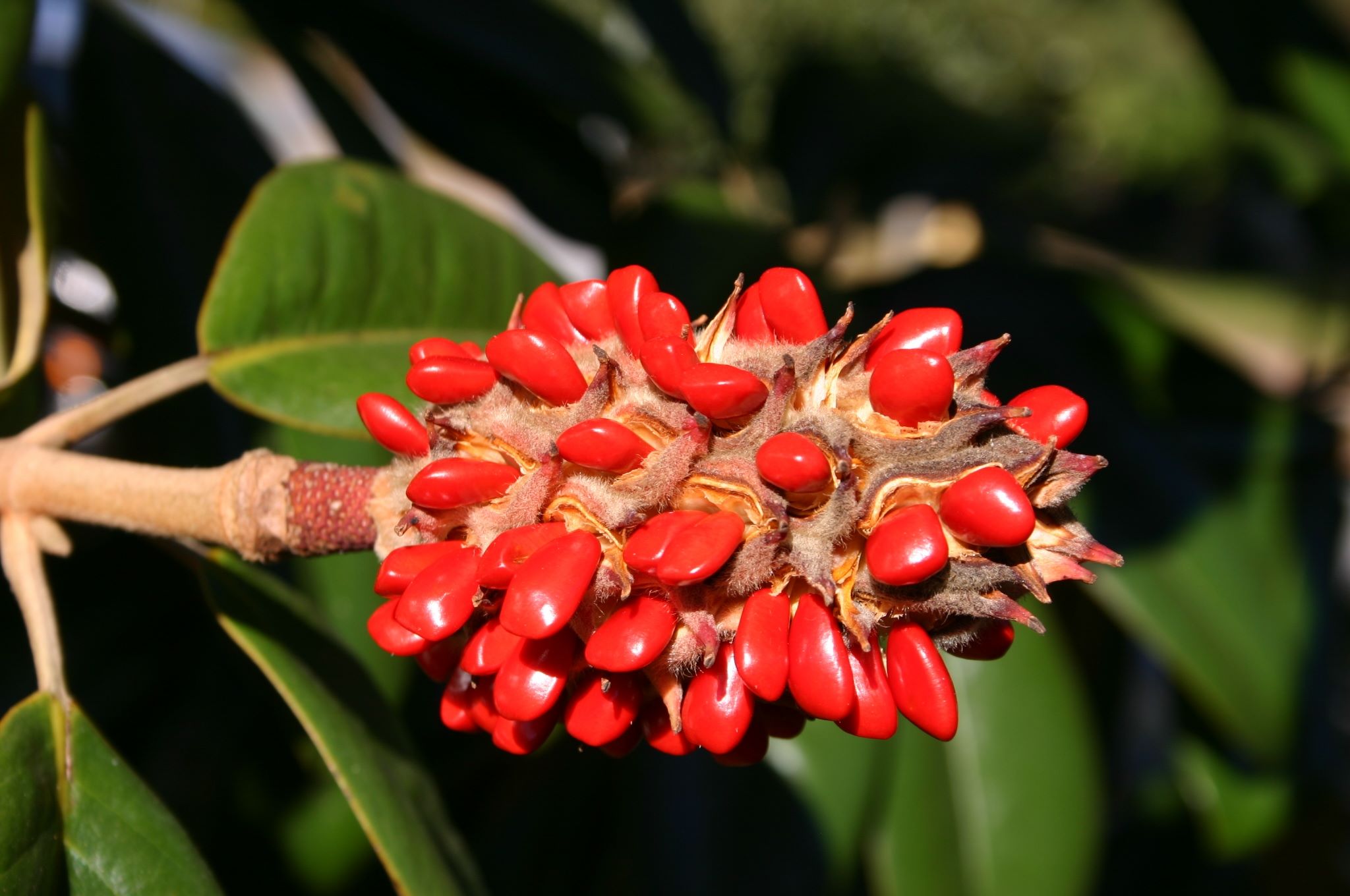

Garden Essentials
What Do Magnolia Seeds Look Like
Modified: August 17, 2024
Want to know what magnolia seeds look like in your garden? Read this article to discover the appearance and characteristics of magnolia seeds.
(Many of the links in this article redirect to a specific reviewed product. Your purchase of these products through affiliate links helps to generate commission for Storables.com, at no extra cost. Learn more)
Introduction
Welcome to the fascinating world of magnolia seeds! If you’re an avid gardener or simply have a green thumb, you’re probably familiar with the beauty and splendor that magnolia trees bring to any garden or landscape. But have you ever wondered what lies within the seeds of these magnificent trees?
In this article, we explore the anatomy, development, and germination of magnolia seeds. By understanding the characteristics and processes involved, you will gain a deeper appreciation for these remarkable botanical wonders and be better equipped to cultivate and nurture them.
So, grab a seat and prepare to delve into the intricate world of magnolia seeds!
Key Takeaways:
- Magnolia seeds have a protective coat, a tiny plant inside, and a nutrient-rich tissue. Understanding their growth journey helps gardeners nurture these remarkable botanical wonders into thriving trees.
- Successful germination of magnolia seeds requires optimal conditions like moisture, oxygen, and temperature. Nurturing the seedlings through each phase leads to the transformation from dormant seeds to majestic magnolia trees.
Read more: What Do Beet Seeds Look Like
Anatomy of Magnolia Seeds
Magnolia seeds possess a unique and fascinating structure that plays a crucial role in their development and eventual germination. Let’s take a closer look at the different parts that make up a magnolia seed.
1. Seed Coat:
The seed coat, also known as the testa, is the outer protective layer of the seed. It serves as a barrier, shielding the internal structures from external factors such as moisture loss, physical damage, and pathogens. The seed coat varies in color and texture, depending on the species of magnolia.
2. Embryo:
The embryo is the miniature, undeveloped plant within the seed. It consists of the primary root, known as the radicle, the embryonic shoot, and the embryonic leaves, known as cotyledons. The cotyledons store nutrients that support the growth of the seedling until it can photosynthesize on its own.
3. Endosperm:
The endosperm is a nutrient-rich tissue surrounding the embryo. It provides nourishment for the developing seedling during its early stages. In some magnolia species, such as Magnolia grandiflora, the endosperm is fleshy and acts as a food reserve. In other species, it may be more starchy or oily in composition.
4. Hilum:
The hilum is a small scar on the seed coat where the seed was attached to the fruiting structure. It serves as the point of attachment for the vascular tissues, which supply nutrients to the developing embryo.
5. Micropyle:
The micropyle is a tiny opening on the seed coat that allows water and gases to enter the seed. It is essential for the process of seed imbibition, where the seed absorbs water and begins germination. The micropyle is also the exit point for the emerging radicle during germination.
Now that we understand the different parts of a magnolia seed, let’s explore the fascinating journey these seeds undergo from development to germination.
Seed Coat
The seed coat is a vital component of the magnolia seed structure. It forms the protective outer layer, acting as a barrier against external elements and ensuring the survival and successful development of the embryo within.
Magnolia seed coats can vary in color, texture, and thickness, depending on the species. Some may have a smooth, leathery texture, while others have a rough or bumpy surface. The color can range from shades of brown and black to lighter hues and even vibrant reds in some species.
One of the primary functions of the seed coat is to prevent moisture loss. It acts as a waterproof shield, reducing the seed’s drying out and maintaining its viability for an extended period. This protective layer also prevents the entry of harmful pathogens, such as fungi or bacteria, that could potentially damage the developing embryo.
In addition to its protective role, the seed coat also plays a crucial part in seed dormancy. Dormancy is a natural mechanism that prevents a seed from germinating under unfavorable conditions, such as extreme temperatures or inadequate moisture. The seed coat acts as a physical barrier, preventing water and oxygen from reaching the embryo, thus keeping it in a state of suspended development.
Seed dormancy is not uncommon in magnolia seeds. Some species, like the Southern Magnolia (Magnolia grandiflora), have hard seed coats that require specific conditions to break dormancy and initiate germination. This could include exposure to cold temperatures, stratification (a period of moist chilling), or scarification (a process of weakening or breaking the seed coat).
As the seed coat ages and breaks down over time, it becomes more permeable and gradually loses its protective qualities. This aging process, known as scarification, is essential for successful germination in many magnolia species. It allows water to penetrate the seed, promoting imbibition and kickstarting the germination process.
Understanding the characteristics and importance of the seed coat is crucial for successful propagation of magnolia seeds. Whether you are planning to collect and germinate seeds from your own magnolia tree or purchase them from a reliable source, paying attention to the condition and integrity of the seed coat is essential for ensuring successful germination and healthy seedling development.
Now that we have explored the role and significance of the seed coat, let’s dive deeper into the fascinating world of the magnolia seed embryo.
Embryo
The embryo is the miniature, undeveloped plant contained within the magnolia seed. It is the core of potential life, harboring the essential structures that will eventually grow into a fully formed plant.
The magnolia embryo consists of three distinct parts: the radicle, the embryonic shoot, and the cotyledons. The radicle is the primary root of the embryo, responsible for anchoring the future plant into the soil. It is the first structure to emerge during germination and plays a crucial role in absorbing water and nutrients from the soil.
The embryonic shoot, also known as the plumule, is the precursor to the stem and leaves of the plant. It remains compact and protected within the seed until conditions are favorable for growth. Once germination occurs, the plumule elongates, and the first set of true leaves begin to develop, allowing the plant to photosynthesize and produce energy.
The cotyledons are the first, often leaf-like structures to emerge from the seed upon germination. They serve as the primary source of nourishment for the developing embryo until it can independently photosynthesize. In magnolias, the number of cotyledons can vary from one to several, depending on the species. These structures play a vital role in supplying the energy needed for the initial growth and establishment of the seedling.
It’s interesting to note that while magnolias typically have dicotyledonous seeds (two cotyledons), some species, like the Yulan magnolia (Magnolia denudata), have monocotyledonous seeds (one cotyledon). This variation in cotyledon number is one of the factors that distinguishes different magnolia species.
During the early stages of development, the embryo remains dormant within the seed, awaiting suitable environmental conditions for growth and germination. With the right combination of factors, such as moisture, temperature, and light, the embryo awakens from its slumber, setting in motion the remarkable journey from seed to a thriving magnolia tree.
The development of the embryo is a delicate and precise process, orchestrated by the genetic information contained within the seed. As the embryo expands and elongates, it pushes against the seed coat, exerting pressure until the seed coat ruptures, allowing the emerging radicle to access the soil.
Understanding the structure and development of the magnolia embryo is crucial for successful seed germination. By providing the ideal conditions and nurturing the embryo during its early stages of growth, you can foster the healthy development of magnolia seedlings and watch them transform into majestic trees.
Now that we have explored the magnolia embryo, let’s uncover the role of the endosperm in the seed’s development.
Magnolia seeds are reddish-brown and cone-shaped, with a hard outer shell. They are about 1-2 inches long and have a bright red seed coat.
Endosperm
The endosperm is a crucial component of the magnolia seed, providing essential nutrients and support for the developing embryo. It is a specialized tissue that surrounds the embryo, acting as a food reserve and ensuring the seeds’ viability and successful germination.
In some magnolia species, such as the Southern Magnolia (Magnolia grandiflora), the endosperm is fleshy and acts as a significant source of nourishment. It is composed of starches, proteins, oils, and other essential nutrients that fuel the growing embryo during its early stages. The endosperm provides a readily available supply of energy and sustenance until the seedling can effectively photosynthesize and produce its food.
During germination, the developing embryo utilizes the nutrients stored in the endosperm to support its metabolic processes and initial growth. The absorption of these nutrients allows the seedling to establish itself and develop a robust root system and healthy shoot.
The composition of the endosperm can vary among magnolia species. Some may have starchy endosperms, while others may have an oily or protein-rich endosperm. This variation reflects the diverse strategies employed by different species to ensure the survival and successful development of their offspring.
As the seedling grows and develops, the endosperm is gradually depleted, becoming less prominent within the seed. The embryo begins to rely on its own photosynthesis and nutrient uptake from the surrounding soil to sustain its growth and development.
It is worth noting that not all magnolia species have significant endosperms. Some species have seeds with minute or non-existent endosperms, relying instead on energy reserves within the cotyledons or other specialized adaptations for seedling nutrition.
The role of the endosperm in magnolia seed development highlights the intricate relationship between the embryo and the surrounding tissues. It serves as a lifeline, providing the nourishment required for the embryo to establish itself and grow into a healthy seedling.
Understanding the significance of the endosperm in magnolia seeds is vital for successful cultivation. When propagating magnolias from seeds, it is crucial to provide the appropriate conditions for germination and early development, ensuring the seedlings have access to the necessary nutrients from the endosperm.
Now that we have explored the critical role of the endosperm, let’s delve into the remarkable processes involved in the development and germination of magnolia seeds.
Read more: What Do Coneflower Seeds Look Like
Development and Germination of Magnolia Seeds
The process of development and germination is a crucial phase in the life cycle of magnolia seeds, marking the beginning of their transformation into magnificent trees. Let’s explore the fascinating journey these seeds undergo as they transition from dormant structures to thriving seedlings.
1. Seed Maturation:
Magnolia seeds develop within the reproductive structures of the magnolia tree, known as the fruits or seed pods. After pollination, fertilization takes place, and the seeds begin to develop within these structures. The seeds undergo a maturation period during which they accumulate nutrients and develop a protective seed coat.
2. Dormancy:
Many magnolia seeds enter a state of dormancy, where they remain in a quiescent state until environmental conditions are favorable for germination. Dormancy serves as a mechanism to ensure that the seeds do not germinate prematurely, thus increasing their chances of survival.
Factors that may influence dormancy in magnolia seeds include temperature, moisture, and exposure to light. Some magnolia species have hard seed coats that need to be scarified or stratified to break dormancy and promote germination.
3. Germination:
Germination is the process through which a seed begins to grow into a new plant. For magnolia seeds to germinate successfully, several factors must be in place. These include appropriate moisture, oxygen, and temperature conditions.
One essential factor for magnolia seed germination is water. Water enters the seed through a small pore called the micropyle. As the seed imbibes water, it initiates metabolic processes and triggers the activation of enzymes responsible for breaking down stored nutrients.
Once the seed coat ruptures, the emerging radicle (primary root) elongates and anchors the seedling into the soil. The embryonic shoot (plumule) grows towards the surface, and the cotyledons start to emerge, becoming the first leaves of the plant.
4. Early Seedling Growth:
As the magnolia seedling continues to grow, it relies on the nutrients stored within the cotyledons or endosperm (depending on the species) to fuel its growth and development. The seedling establishes its root system and begins to produce photosynthetic leaves, gradually becoming self-sufficient.
5. Transplanting and Continued Care:
Once the magnolia seedling has grown to a suitable size, it can be transplanted into its permanent location in the garden or landscape. Providing proper care, such as regular watering, appropriate sunlight exposure, and nutrient-rich soil, will help the seedling thrive and mature into a magnificent magnolia tree.
It is worth mentioning that the rate of development and germination may vary among different magnolia species. Some species may have faster germination times, while others may require a longer period of time to establish and grow.
Understanding the various stages of development and the requirements for successful germination is crucial for cultivating magnolia seeds. By providing the optimal conditions and nurturing the seeds through each phase, you can witness the remarkable transformation from a dormant seed to a thriving magnolia tree.
As we conclude our exploration of the development and germination of magnolia seeds, we hope you have gained a deeper appreciation for these incredible botanical wonders. Happy gardening!
Conclusion
As we come to the end of our journey into the world of magnolia seeds, we have uncovered the intricate anatomy, development, and germination processes that make these seeds truly remarkable.
The seed coat serves as a protective layer, shielding the internal structures from external harm and maintaining the seed’s viability. The embryo, with its radicle, embryonic shoot, and cotyledons, holds the potential for the growth and establishment of a new magnolia tree. The endosperm provides essential nutrients, ensuring the survival and nourishment of the developing embryo.
The development and germination of magnolia seeds have been revealed as a delicate and precise process, influenced by factors such as temperature, moisture, and light. From seed maturation to dormancy and eventual germination, magnolia seeds embark on a transformative journey, sprouting into thriving seedlings with the potential to become majestic trees.
Understanding the anatomy and processes involved in magnolia seed growth empowers gardeners and enthusiasts to successfully propagate and cultivate these magnificent trees. From selecting viable seeds to providing the optimal conditions for germination and nurturing the seedlings through their early stages, every step plays a crucial role in fostering their development.
Whether you are planning to grow magnolias from seeds you collect or purchase, the knowledge you have gained will guide you in providing the care and attention these seeds deserve. By following proper techniques and understanding the unique requirements of different magnolia species, you can ensure their successful growth and enjoy the beauty and splendor that magnolia trees bring to your garden.
So, as you embark on your journey with magnolia seeds, remember to embrace the process, experiment, and learn from each experience. The reward of watching these botanical wonders flourish and thrive is truly a sight to behold.
Happy gardening and may your magnolia seeds bring you joy and beauty for years to come!
Frequently Asked Questions about What Do Magnolia Seeds Look Like
Was this page helpful?
At Storables.com, we guarantee accurate and reliable information. Our content, validated by Expert Board Contributors, is crafted following stringent Editorial Policies. We're committed to providing you with well-researched, expert-backed insights for all your informational needs.
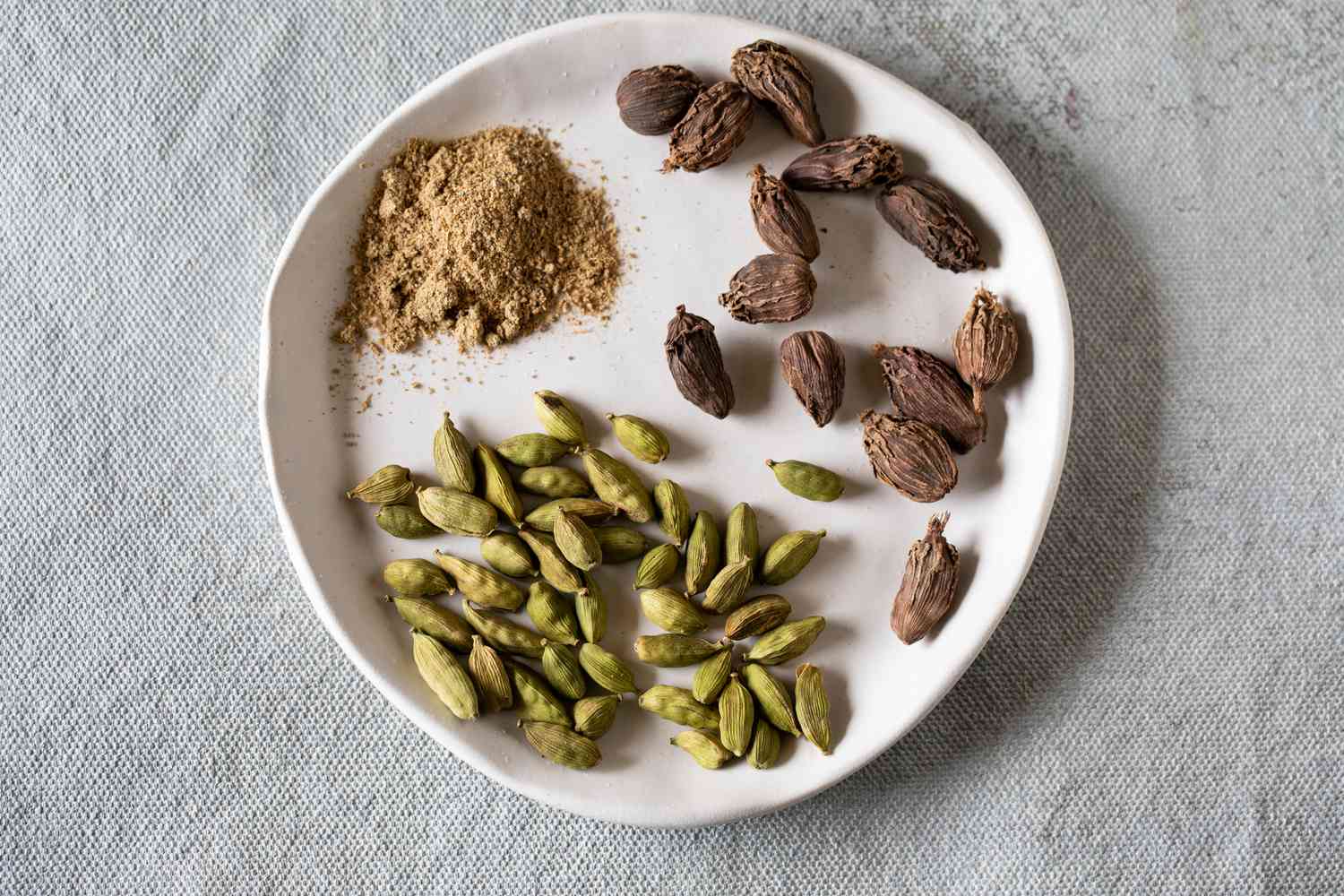
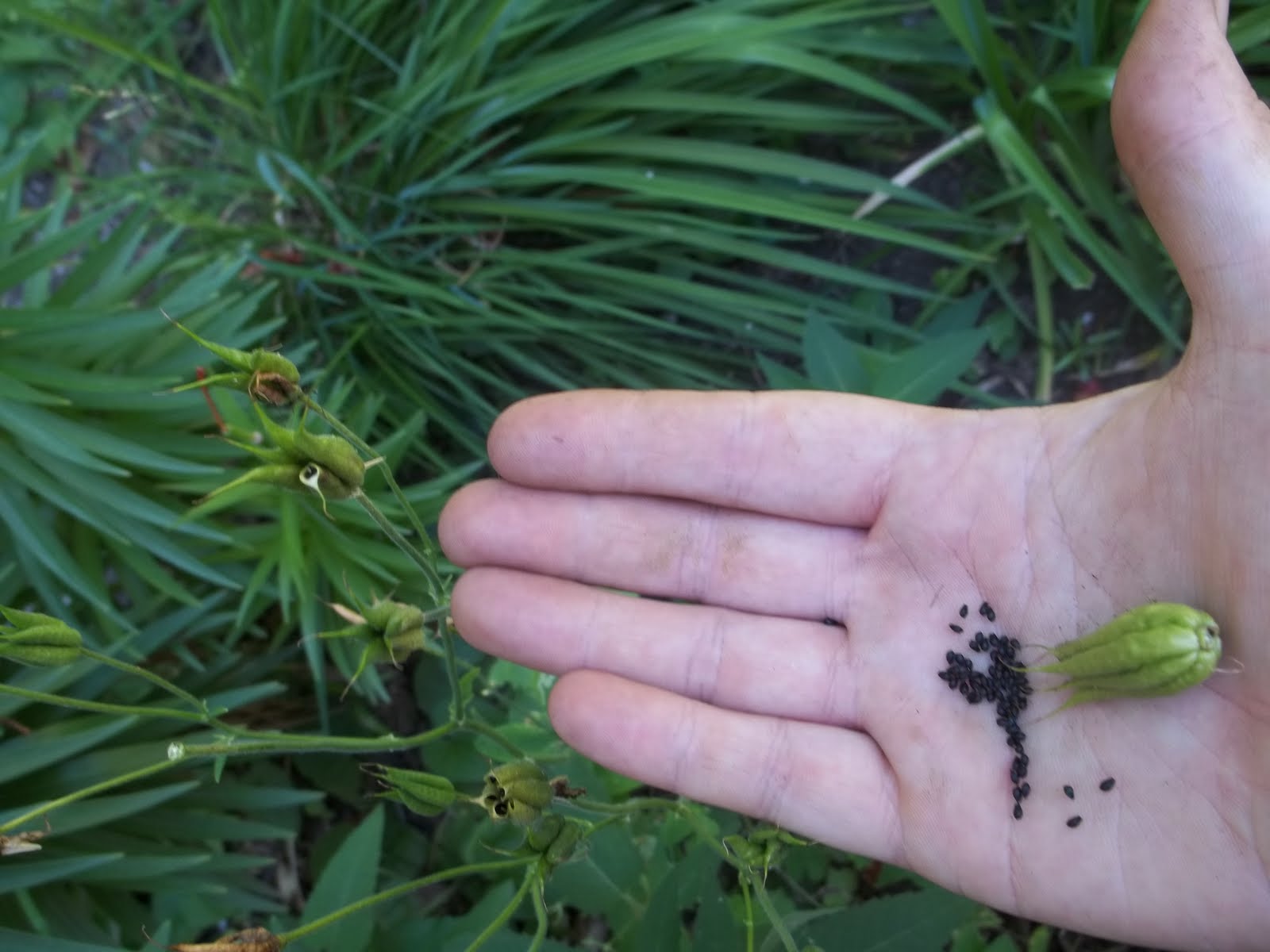
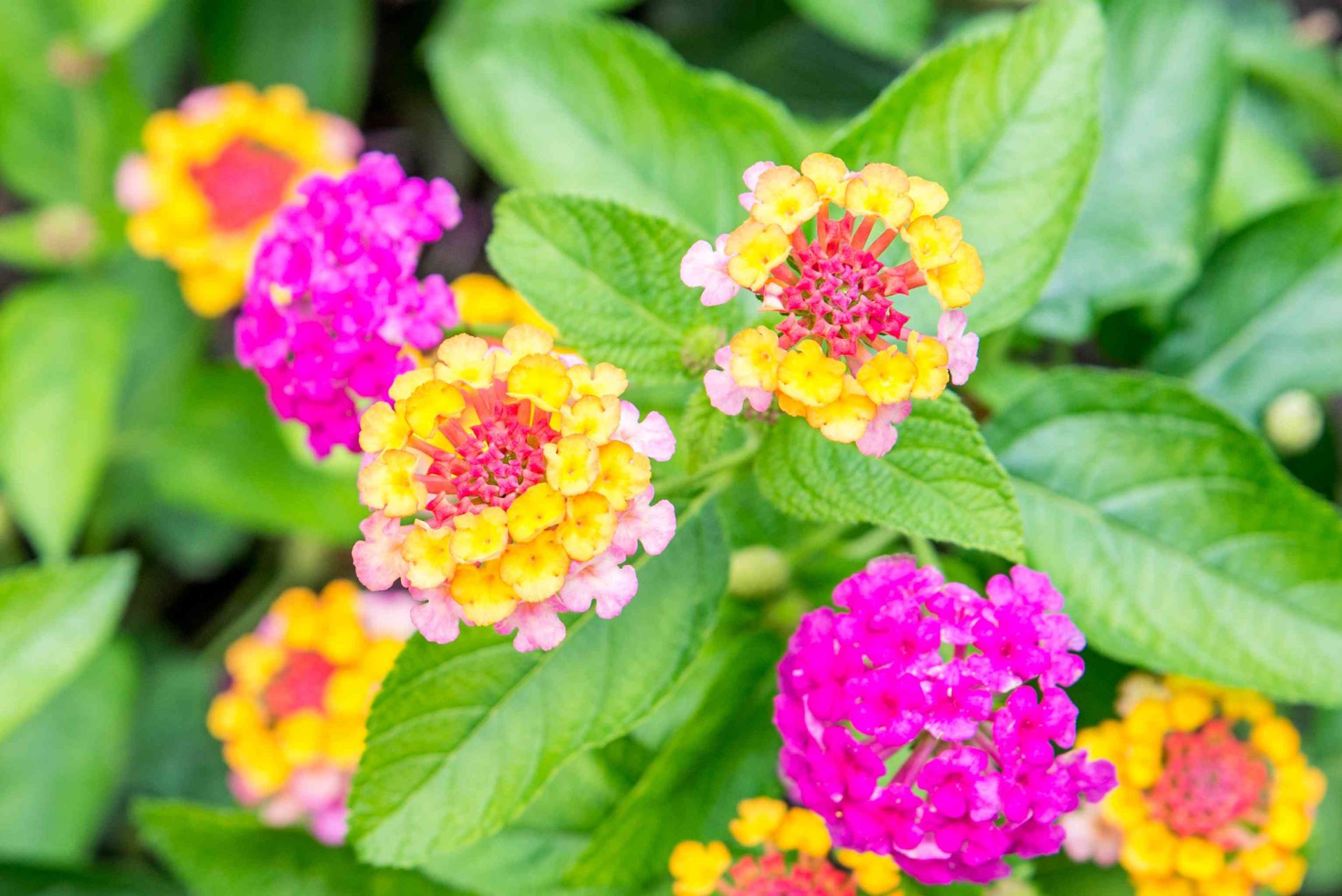
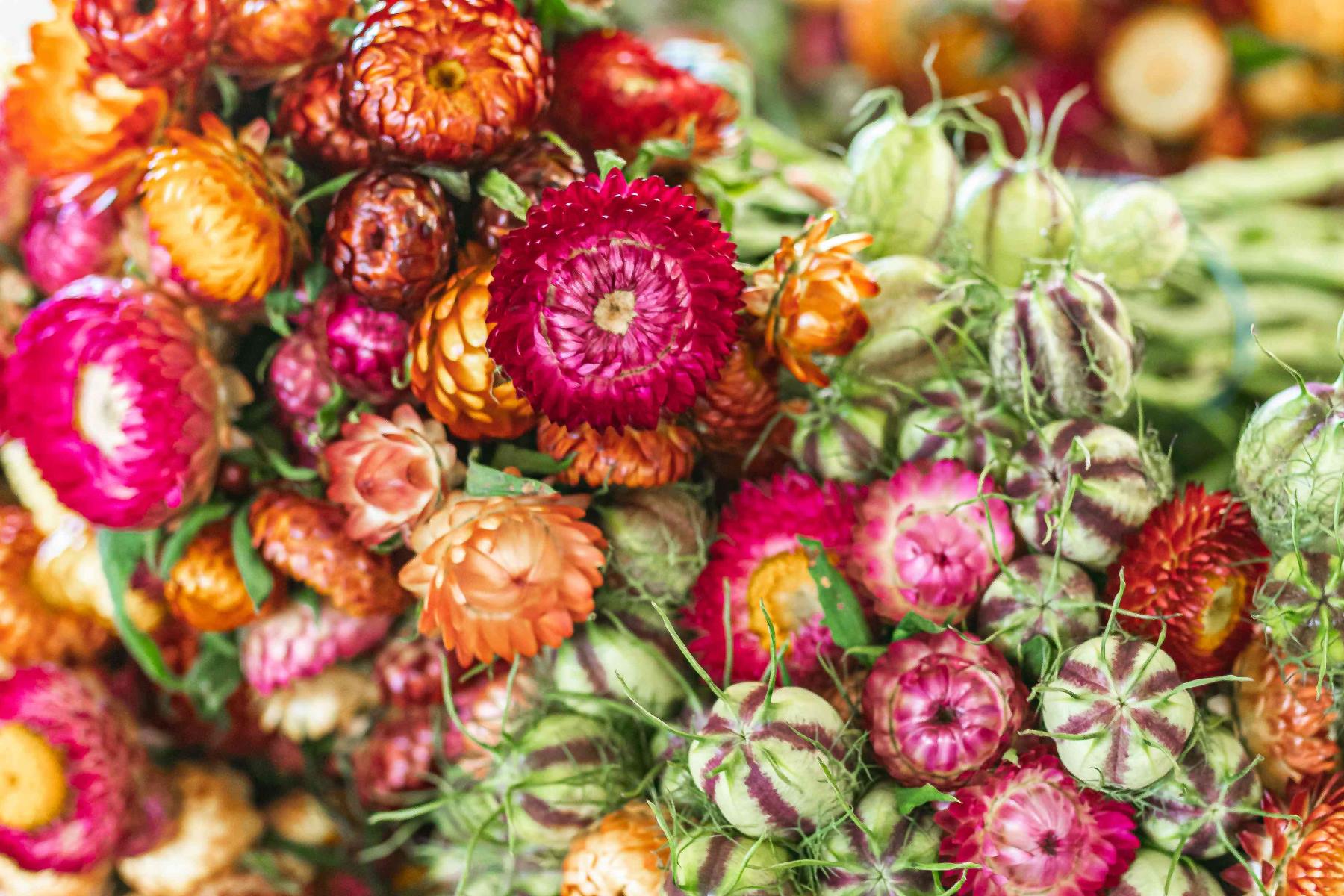
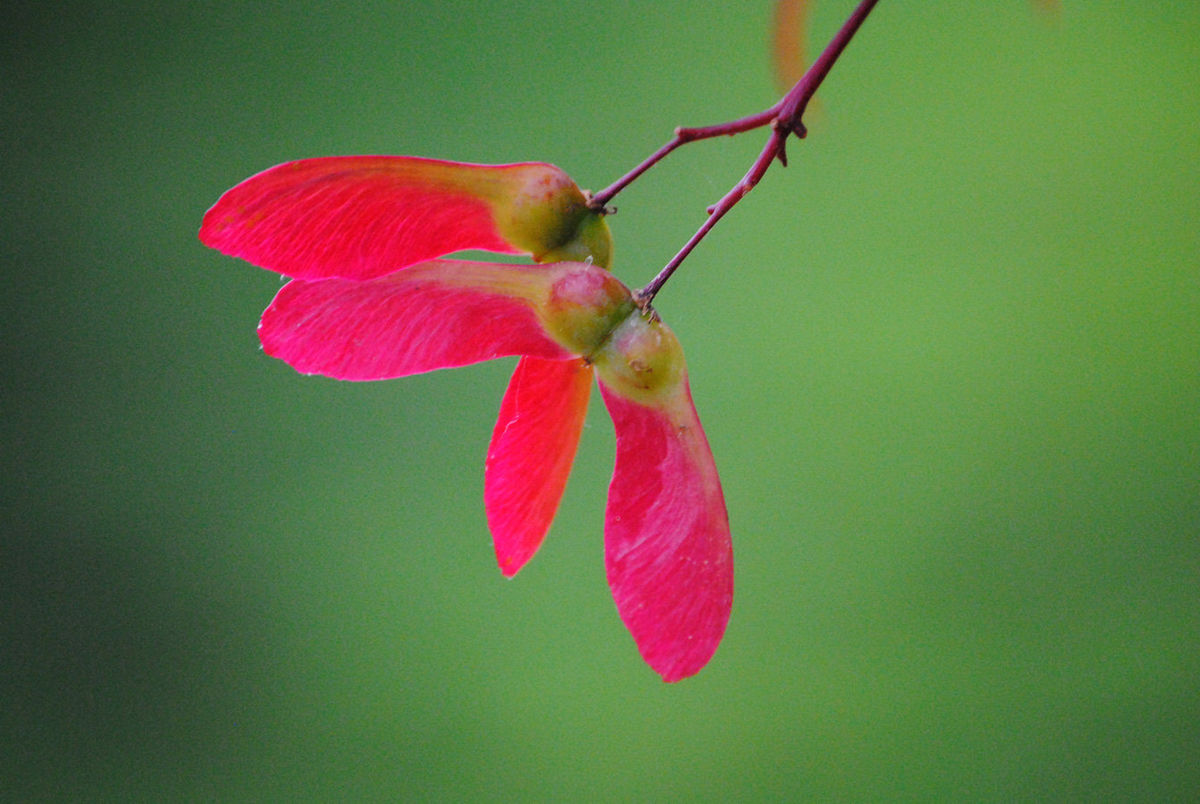
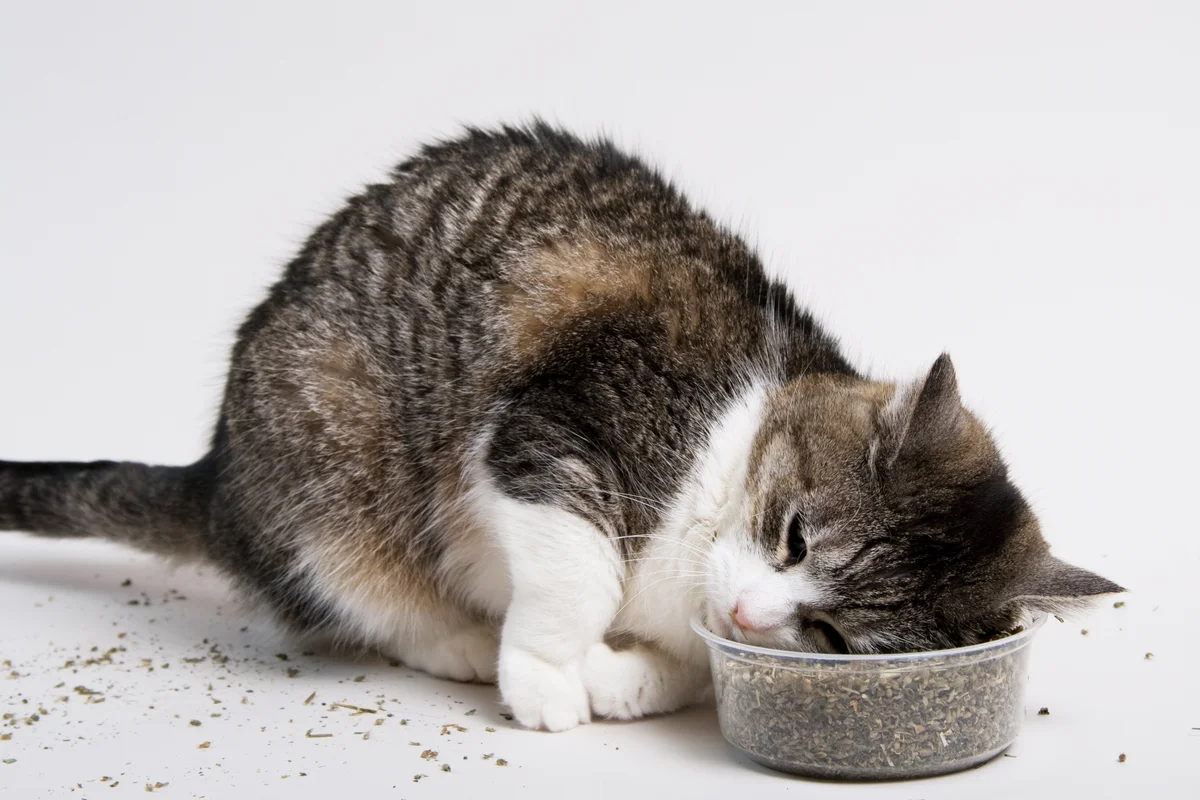
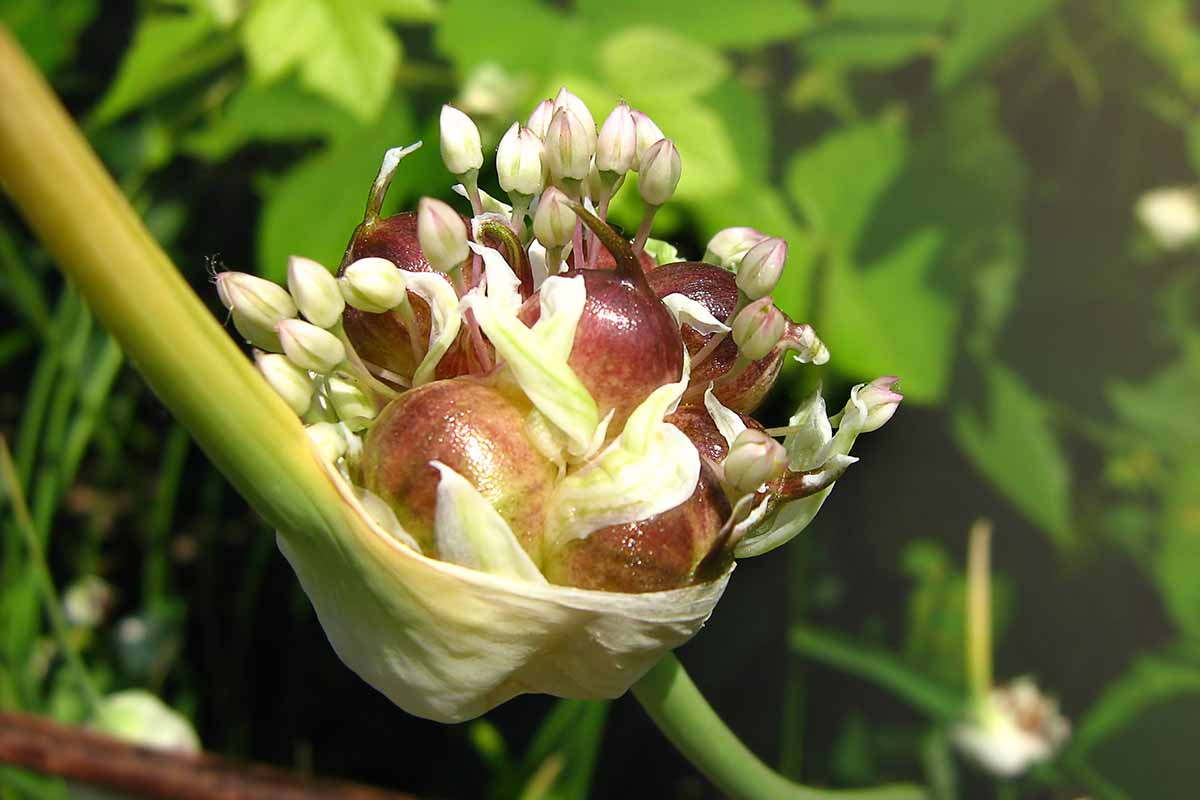
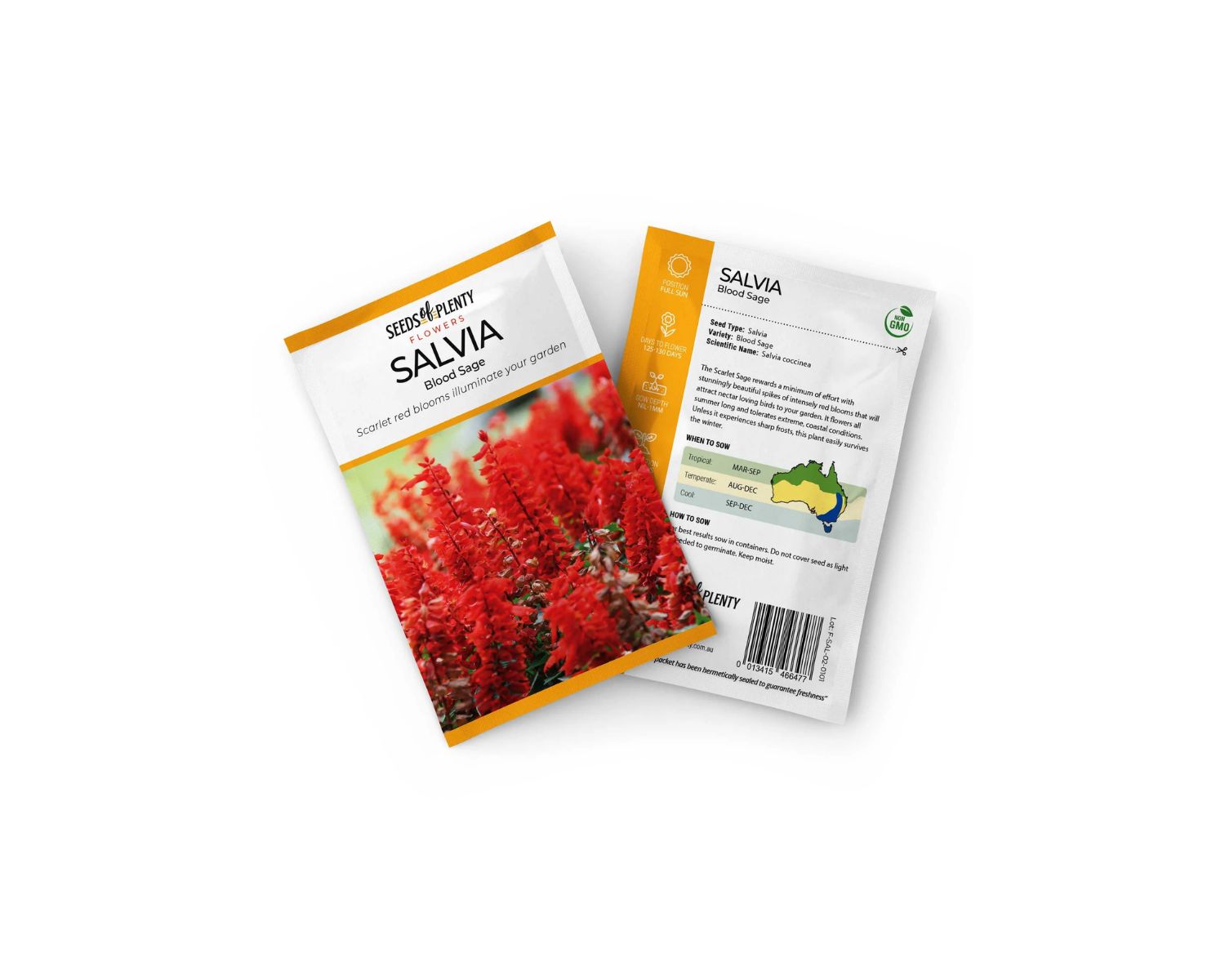
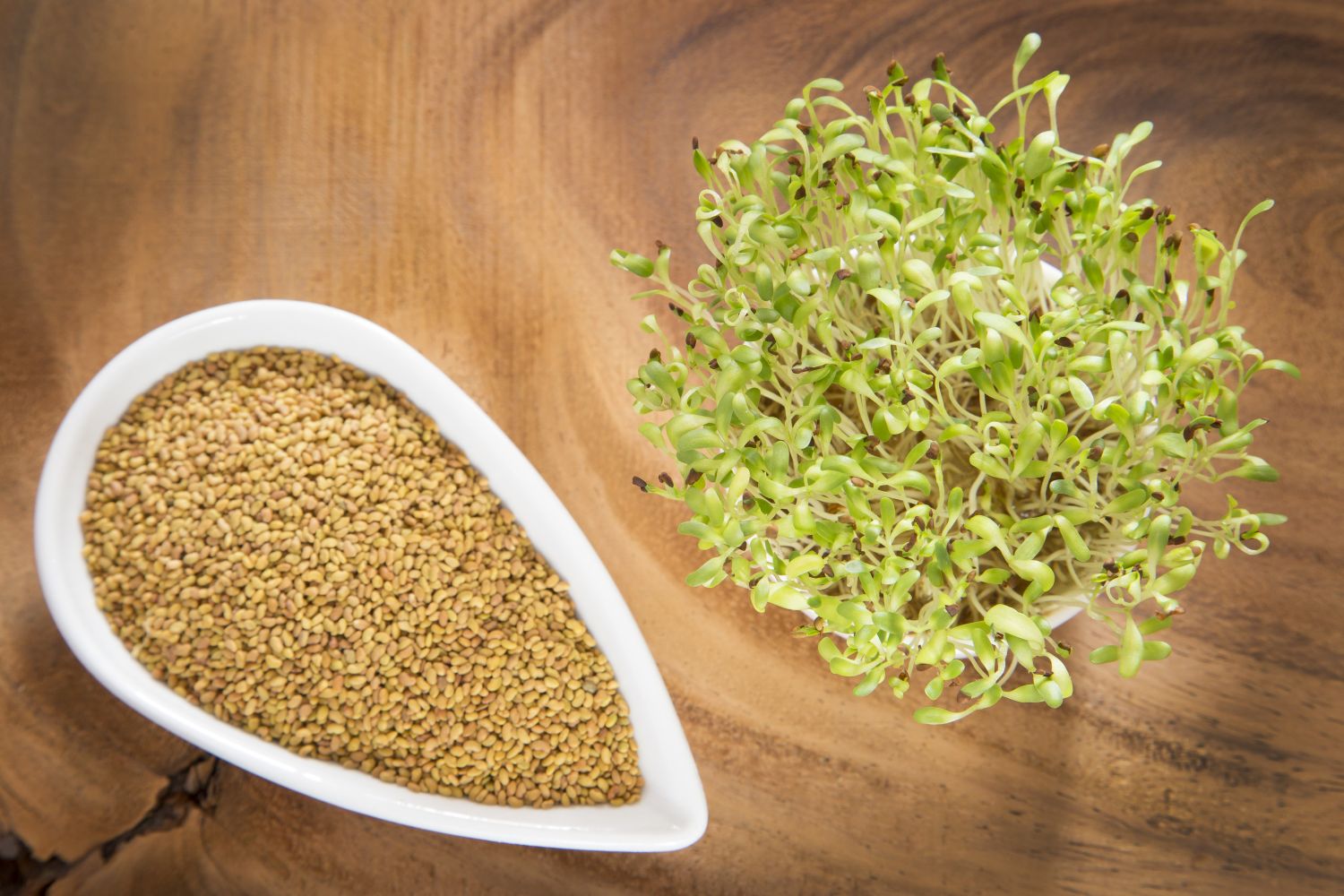
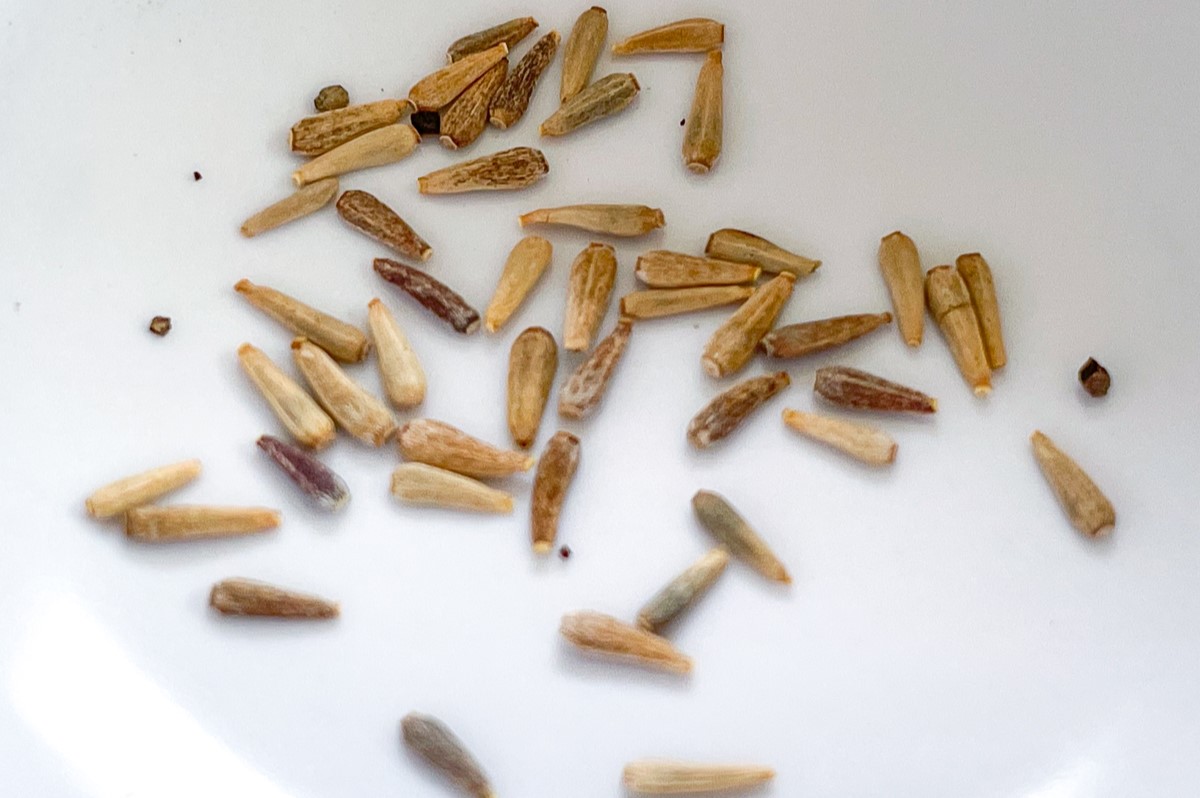
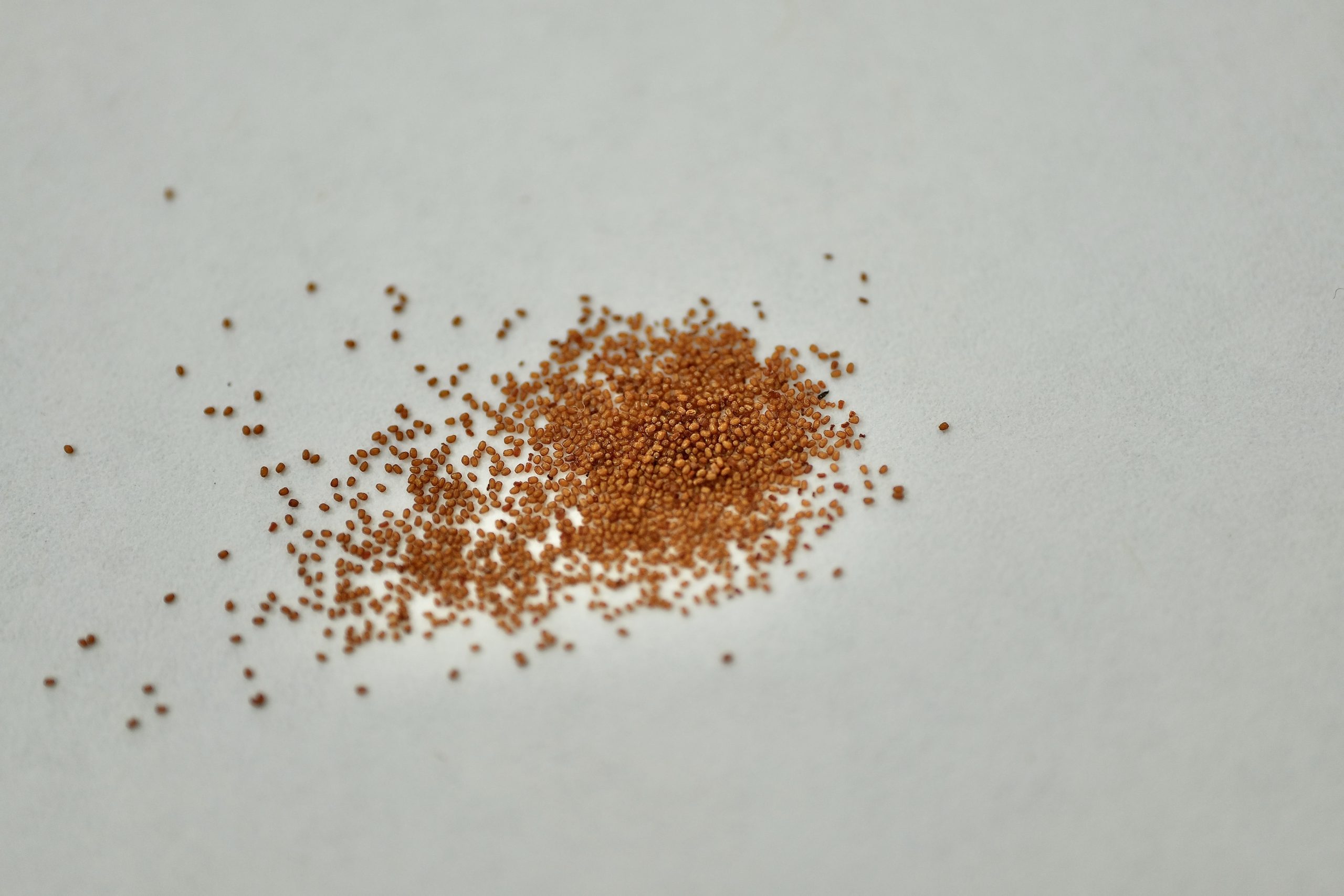
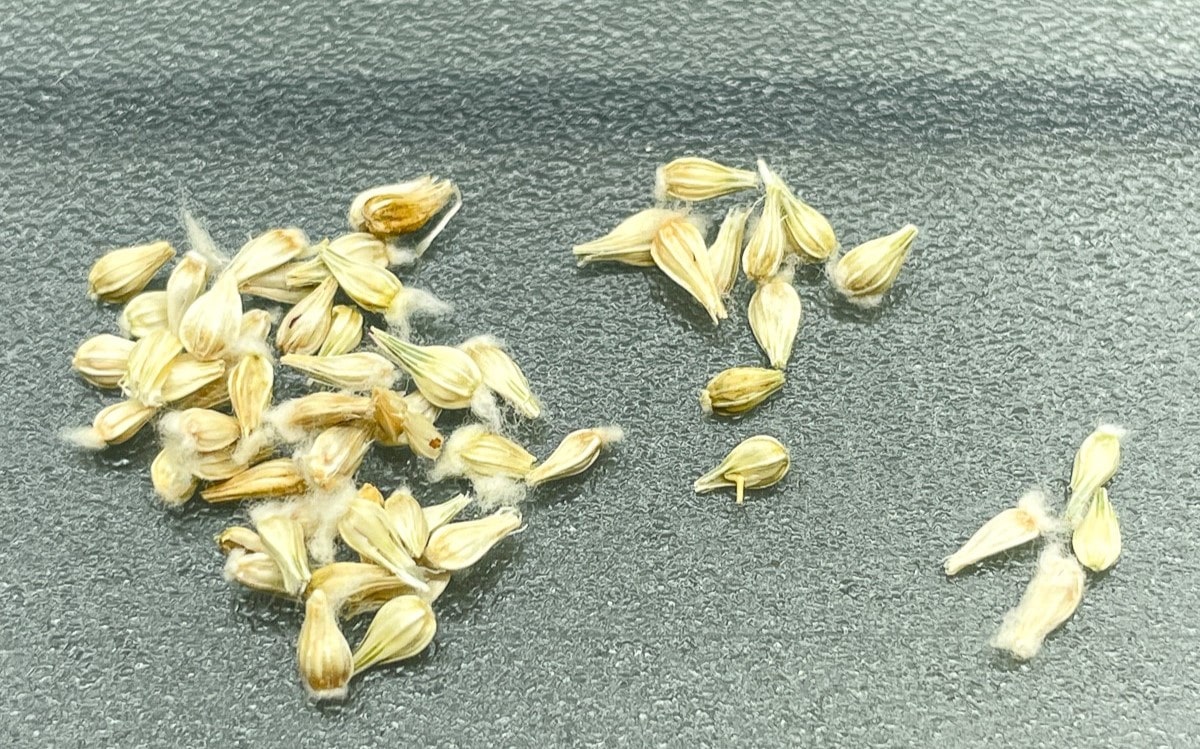
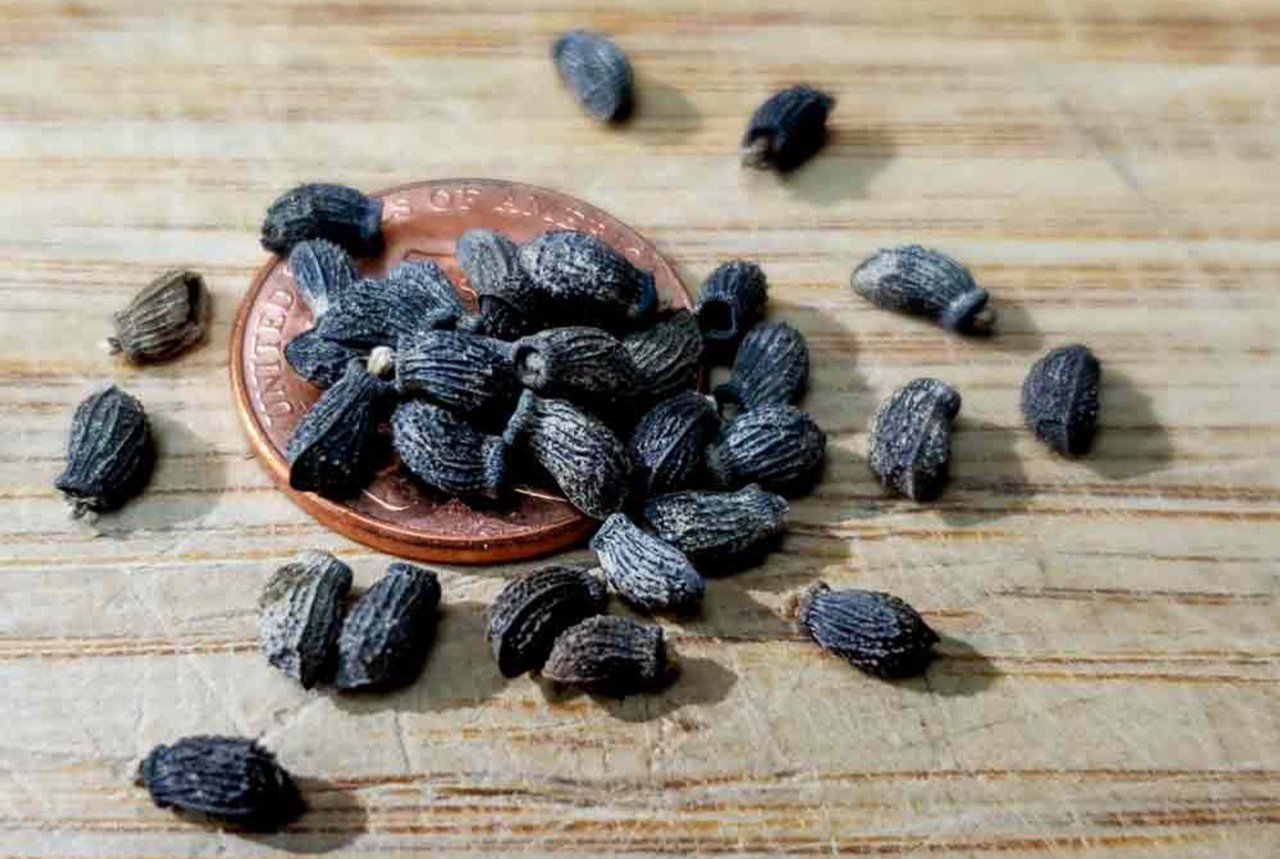
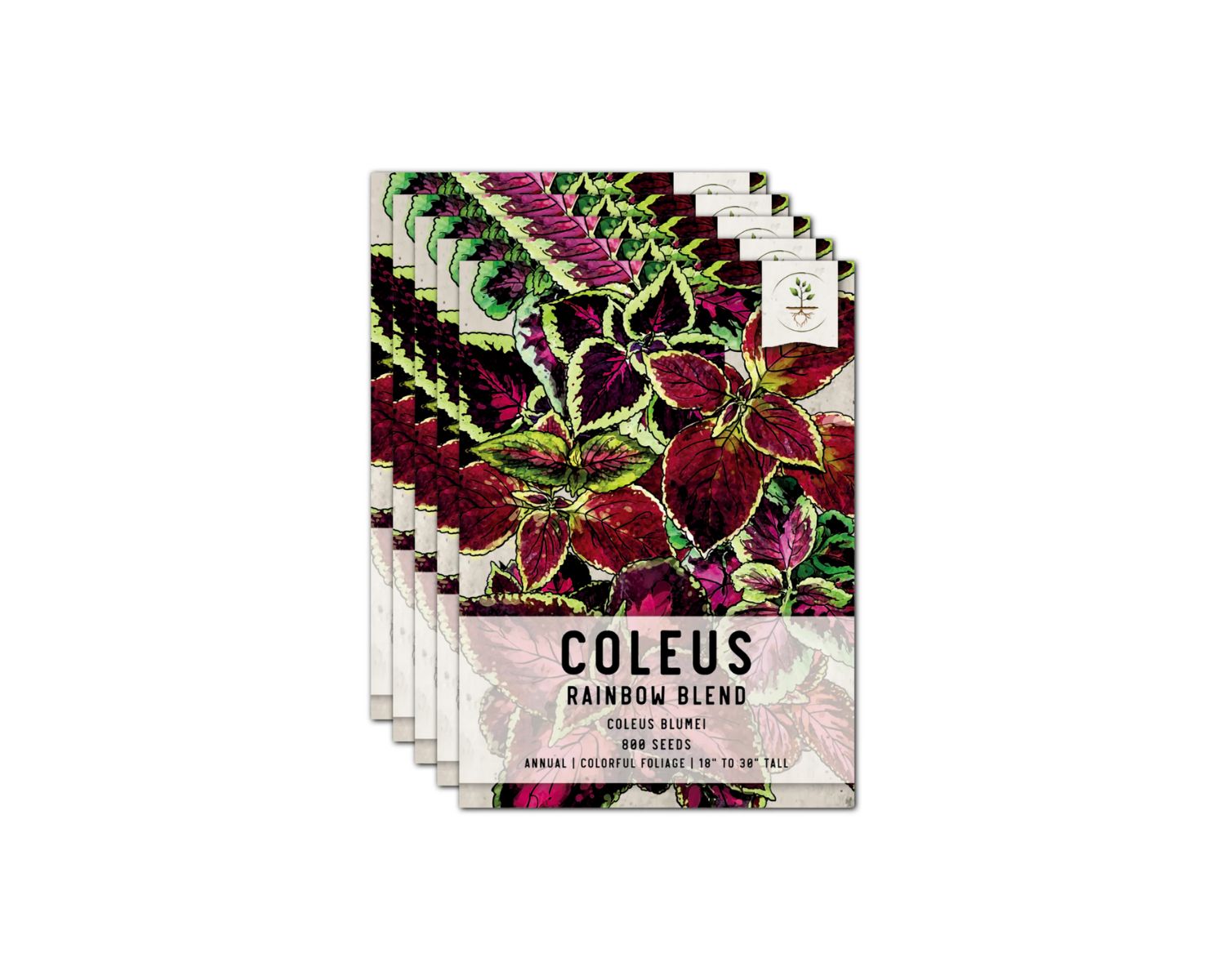

0 thoughts on “What Do Magnolia Seeds Look Like”